Home>Construction & Tools>Building Materials>How To Stop Water Seepage In A Brick Wall
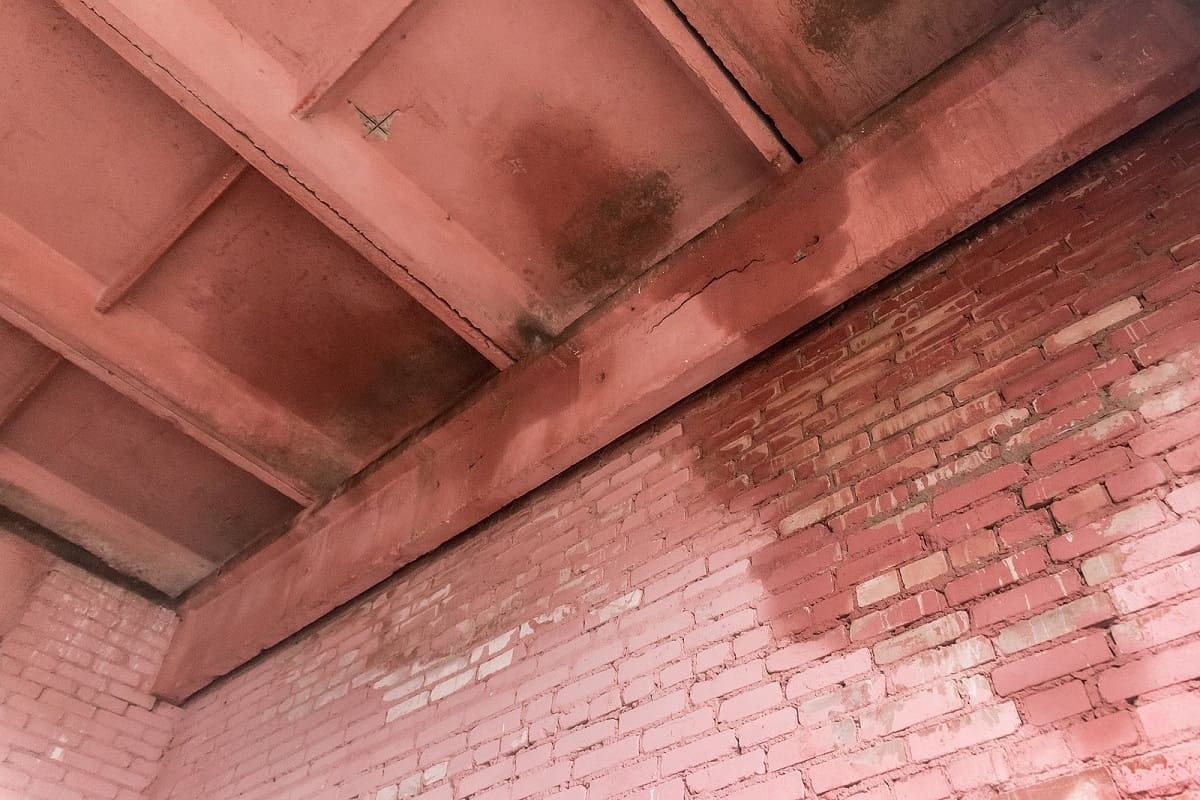

Building Materials
How To Stop Water Seepage In A Brick Wall
Modified: August 20, 2024
Learn effective methods to prevent water seepage in brick walls using the right building materials and techniques. Protect your structure from moisture damage.
(Many of the links in this article redirect to a specific reviewed product. Your purchase of these products through affiliate links helps to generate commission for Storables.com, at no extra cost. Learn more)
Introduction
Water seepage in brick walls can be a persistent and troublesome issue for many homeowners and property managers. It not only compromises the structural integrity of the building but also leads to unsightly stains, mold growth, and potential health hazards. Understanding the causes of water seepage and learning how to effectively address this problem is crucial for maintaining the durability and aesthetics of brick walls.
In this comprehensive guide, we will delve into the common causes of water seepage in brick walls, identify the telltale signs of this issue, and provide practical steps to stop water seepage effectively. Whether you're dealing with a minor seepage problem or aiming to prevent potential issues, the insights shared in this article will equip you with the knowledge and strategies to safeguard your brick walls against water infiltration.
By gaining a deeper understanding of the factors contributing to water seepage and implementing the recommended solutions, you can protect your property from the damaging effects of moisture intrusion. Let's embark on this journey to fortify your brick walls and ensure they remain resilient and visually appealing for years to come.
Key Takeaways:
- Protect your brick walls by fixing mortar, applying waterproof sealants, and improving drainage to stop water seepage. Stay vigilant for signs of seepage like staining and mold growth to take timely action.
- Understanding the causes of water seepage and addressing it promptly can preserve the durability and aesthetics of your brick walls. Implementing proactive measures is crucial for long-term resilience.
Read more: How To Stop Brick From Crumbling
Understanding the Causes of Water Seepage in Brick Walls
Water seepage in brick walls can stem from various factors, each contributing to the infiltration of moisture into the structure. Understanding these causes is pivotal in formulating effective strategies to mitigate water seepage and preserve the integrity of the brick walls.
1. Porosity of Bricks:
Bricks, though sturdy, are inherently porous. This means they can absorb water, especially if they are not adequately sealed or protected. When exposed to rain or high humidity, the bricks can soak up moisture, leading to seepage through the walls.
2. Faulty or Deteriorated Mortar:
The mortar used to bind bricks together plays a critical role in preventing water ingress. Over time, mortar can degrade due to weathering, allowing water to penetrate the joints and permeate the wall. Cracked or deteriorated mortar joints create pathways for water seepage, compromising the wall's integrity.
3. Inadequate Flashing and Waterproofing:
Improper installation of flashing, a thin, impervious material designed to direct water away from vulnerable areas, can result in water seepage. Similarly, insufficient waterproofing measures, such as sealants or coatings, can leave the brick wall susceptible to moisture intrusion.
4. Capillary Action:
Capillary action occurs when water is drawn upward through porous materials via narrow gaps or interstitial spaces. In brick walls, capillary action can pull water from the ground or surrounding surfaces, causing seepage through the lower sections of the wall.
5. Structural Defects:
Cracks, gaps, or structural defects in brick walls provide entry points for water. These imperfections may develop over time due to settling, temperature fluctuations, or other environmental stressors, allowing water to infiltrate the wall and lead to seepage.
6. External Factors:
External elements, such as heavy rainfall, improper grading around the building, or adjacent landscaping features directing water towards the walls, can exacerbate water seepage issues in brick walls.
By comprehending these underlying causes of water seepage in brick walls, property owners and maintenance professionals can proactively address these vulnerabilities and implement targeted solutions to prevent moisture infiltration. Identifying the specific factors contributing to seepage is the first step toward effectively safeguarding brick walls against water-related damage.
Identifying the Signs of Water Seepage
Detecting the early indicators of water seepage in brick walls is crucial for prompt intervention and mitigation. By recognizing these signs, property owners and maintenance professionals can address the underlying issues before they escalate into more extensive and costly problems. Here are the key signs to watch for:
-
Staining and Discoloration: Water seepage often manifests as visible stains or discoloration on the interior or exterior surfaces of brick walls. These stains may appear as dark patches, streaks, or blotches, indicating the presence of moisture within the wall.
-
Mold and Mildew Growth: Excessive moisture from seepage creates an ideal environment for mold and mildew to thrive. The presence of mold colonies, musty odors, or mildew growth on the brick surfaces signifies ongoing water infiltration.
-
Deterioration of Paint or Plaster: If the brick wall is coated with paint or plaster, signs of peeling, bubbling, or flaking in these surface treatments can indicate underlying water seepage. The compromised adhesion of paint or plaster is often a result of moisture penetrating the wall.
-
Efflorescence: Efflorescence, characterized by the formation of white, powdery deposits on the surface of bricks, is a common indication of water seepage. These deposits result from the migration of soluble salts carried by moisture and can signal ongoing water intrusion.
-
Dampness and Moisture Accumulation: Touching the surface of the brick wall may reveal areas of persistent dampness or moisture accumulation. These damp patches, especially in areas where they shouldn't naturally occur, are indicative of water seepage.
-
Weakened or Deteriorated Mortar: Inspecting the mortar joints between bricks is essential. Deteriorated, crumbly, or dislodged mortar can signify water-related deterioration, as moisture infiltration can compromise the integrity of the mortar.
-
Interior Water Damage: Water seepage may result in interior water damage, such as water stains on adjacent walls, warped baseboards, or dampness in the affected areas. These interior manifestations often point to underlying issues with the brick wall's integrity.
By remaining vigilant for these signs of water seepage, property owners can proactively address the underlying causes and implement targeted solutions to prevent further damage. Early detection of water seepage empowers individuals to take timely action, preserving the structural integrity and aesthetics of brick walls while mitigating potential risks associated with moisture infiltration.
Read more: How To Render A Brick Wall
Steps to Stop Water Seepage in a Brick Wall
Addressing water seepage in brick walls requires a systematic approach aimed at fortifying the structure against moisture infiltration. By implementing the following steps, property owners and maintenance professionals can effectively mitigate water seepage and preserve the integrity of brick walls.
1. Evaluate the Extent of Seepage:
Begin by conducting a comprehensive assessment of the affected brick wall. Identify areas of visible water seepage, staining, or moisture accumulation. This evaluation provides crucial insights into the severity and extent of the seepage, guiding subsequent remediation efforts.
2. Repair Mortar Joints and Cracks:
Address deteriorated or cracked mortar joints by carefully removing the damaged mortar and reapplying fresh mortar to ensure a secure and watertight bond between the bricks. Additionally, repair any visible cracks in the brickwork to prevent water ingress through structural vulnerabilities.
3. Apply Waterproof Sealants:
Utilize high-quality waterproof sealants specifically designed for masonry applications. Thoroughly coat the exterior surface of the brick wall with the sealant, paying close attention to mortar joints and areas prone to water penetration. This protective barrier helps repel moisture and prevent seepage.
Read more: How Thick Is A Brick Wall
4. Install Proper Flashing:
Ensure that flashing, such as metal or synthetic membranes, is correctly installed at vulnerable junctures, such as roof-wall intersections, windows, and doors. Properly installed flashing effectively redirects water away from these critical areas, reducing the risk of seepage.
5. Improve Drainage and Grading:
Evaluate the surrounding landscape and drainage systems to address any factors contributing to water accumulation near the brick wall. Implement proper grading to direct water away from the structure and consider installing or enhancing drainage solutions to manage excess water effectively.
6. Enhance Exterior Waterproofing:
Consider applying an additional layer of exterior waterproofing material, such as a breathable masonry sealer or elastomeric coating, to further fortify the brick wall against water intrusion. This supplementary waterproofing measure provides an extra line of defense against seepage.
7. Monitor and Maintain:
Regularly inspect the brick wall for signs of new seepage or deterioration. Address any emerging issues promptly to prevent the reoccurrence of water seepage. Additionally, maintain the surrounding landscape and drainage systems to uphold effective water management practices.
By diligently executing these steps, property owners and maintenance professionals can effectively combat water seepage in brick walls, safeguarding the structural integrity and longevity of the masonry. Implementing proactive measures to prevent and address water seepage is essential for preserving the aesthetics and functionality of brick walls, ensuring their resilience against moisture-related challenges.
Read more: How To Restore Brick Wall
Conclusion
In conclusion, addressing water seepage in brick walls is a critical aspect of property maintenance and preservation. By understanding the underlying causes of water seepage, identifying its early signs, and implementing targeted solutions, property owners and maintenance professionals can effectively safeguard brick walls against moisture infiltration and its detrimental effects.
The porosity of bricks, deteriorated mortar, inadequate flashing, capillary action, structural defects, and external factors collectively contribute to water seepage in brick walls. Recognizing these factors empowers individuals to proactively address vulnerabilities and fortify the walls against moisture intrusion.
Identifying the signs of water seepage, including staining, mold growth, efflorescence, and interior water damage, enables early intervention to prevent further deterioration. By remaining vigilant for these indicators, property owners can take timely action to mitigate the impact of water seepage and preserve the structural integrity of brick walls.
The steps to stop water seepage in a brick wall encompass a systematic approach, including evaluating the extent of seepage, repairing mortar joints, applying waterproof sealants, installing proper flashing, improving drainage and grading, enhancing exterior waterproofing, and implementing regular monitoring and maintenance. By diligently executing these steps, property owners can effectively combat water seepage and ensure the long-term durability of brick walls.
In essence, preventing water seepage in brick walls is not only essential for maintaining the structural soundness of the building but also for preserving its visual appeal and safeguarding the health and well-being of occupants. By integrating proactive measures and responsive interventions, property owners can fortify their brick walls against water-related challenges, ensuring their resilience and longevity.
Ultimately, the insights shared in this guide serve as a valuable resource for property owners and maintenance professionals seeking to mitigate water seepage and uphold the integrity of their brick walls. By leveraging this knowledge and implementing the recommended strategies, individuals can effectively address water seepage issues, fostering a durable and aesthetically pleasing environment for years to come.
Frequently Asked Questions about How To Stop Water Seepage In A Brick Wall
Was this page helpful?
At Storables.com, we guarantee accurate and reliable information. Our content, validated by Expert Board Contributors, is crafted following stringent Editorial Policies. We're committed to providing you with well-researched, expert-backed insights for all your informational needs.
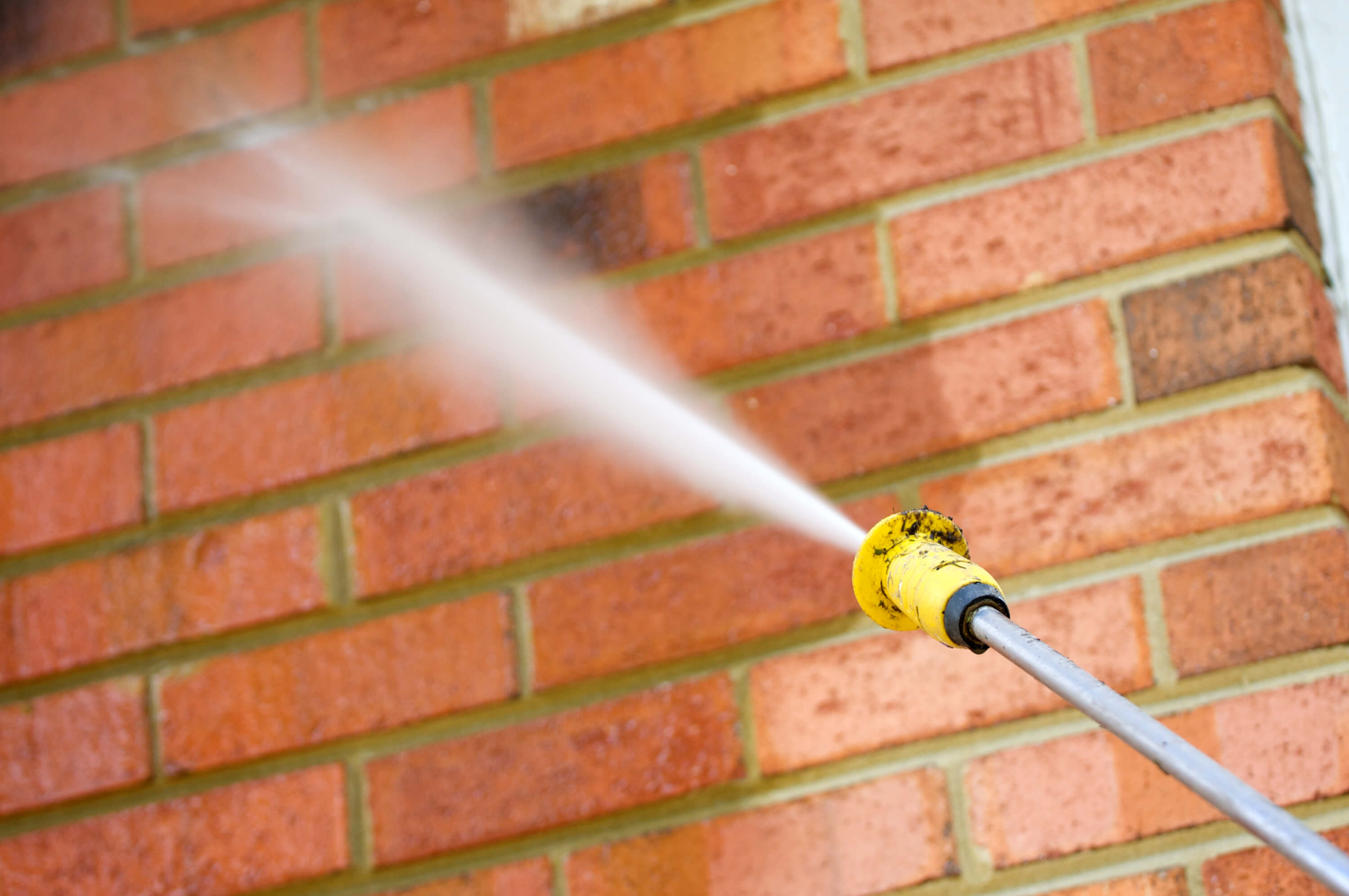

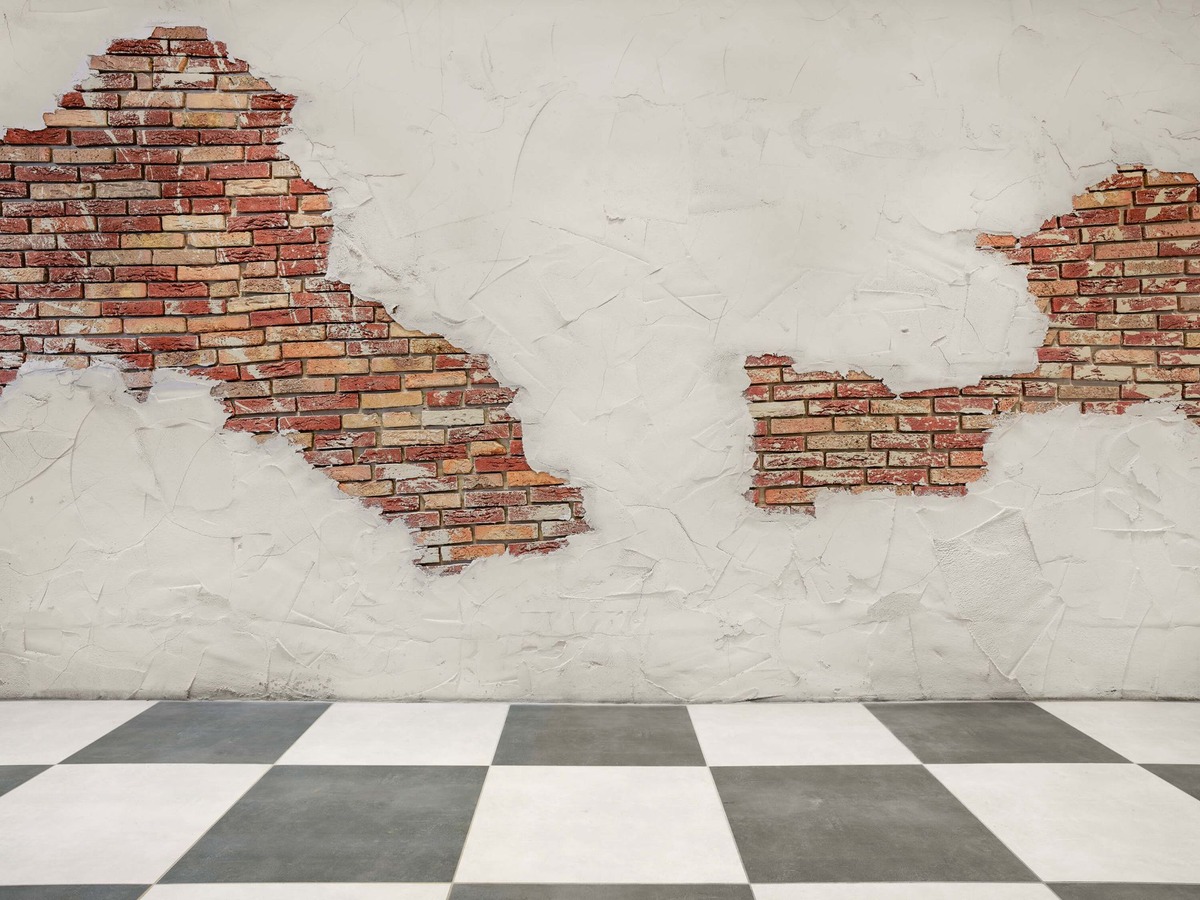
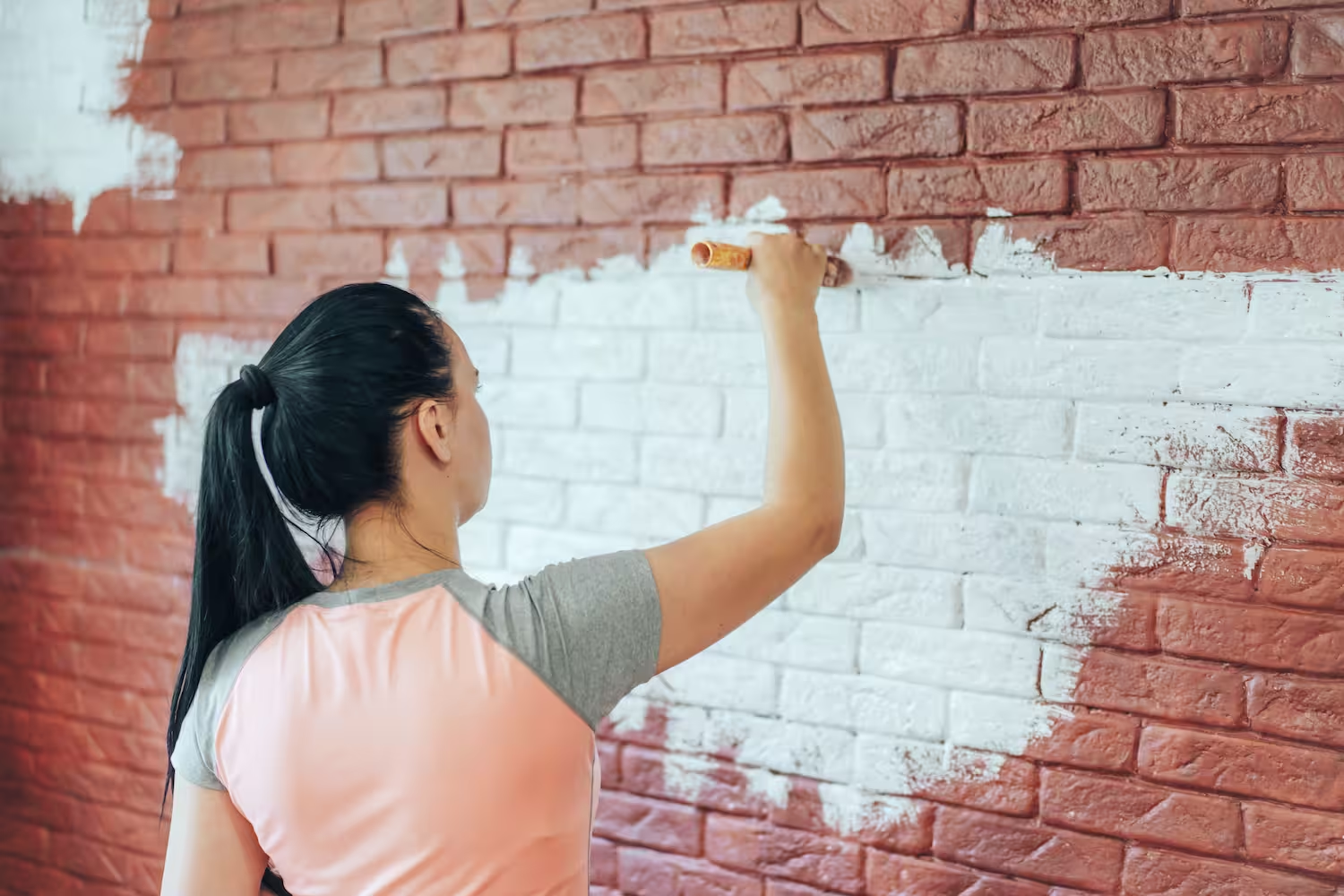
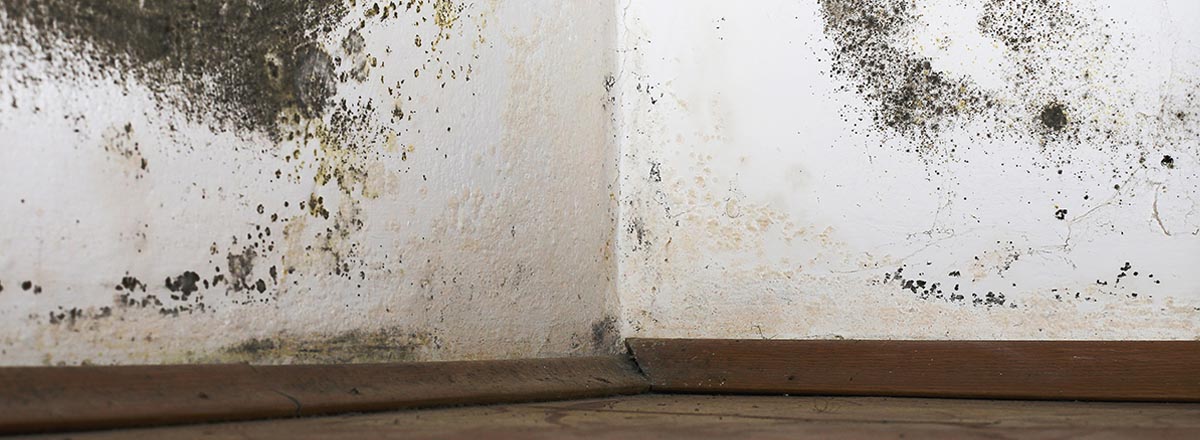
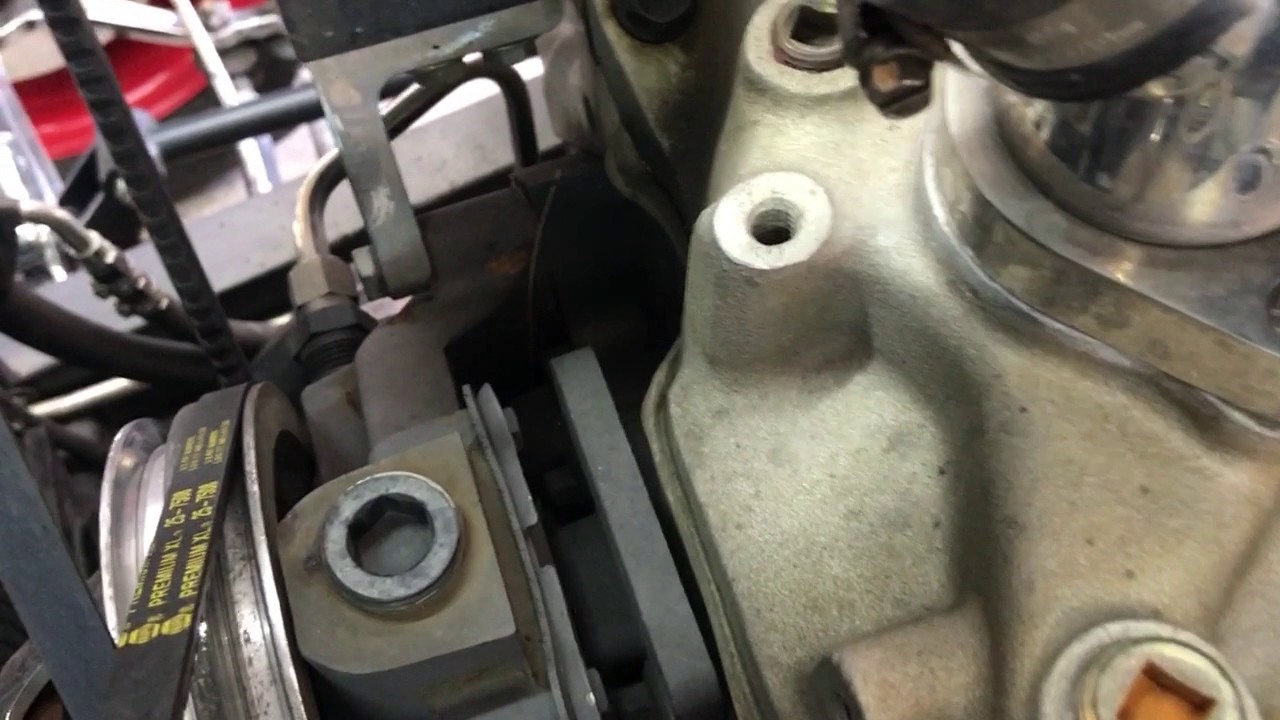

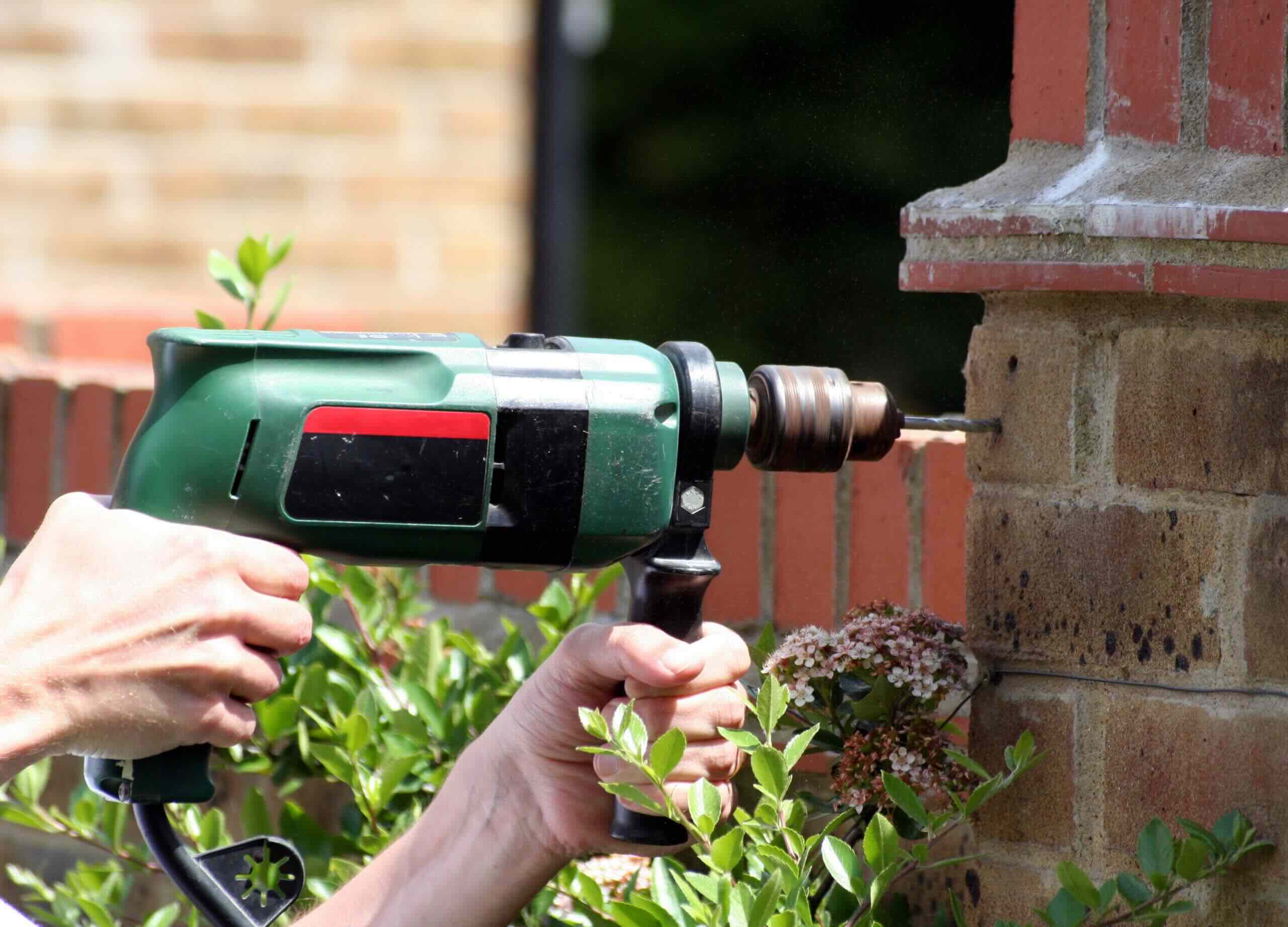
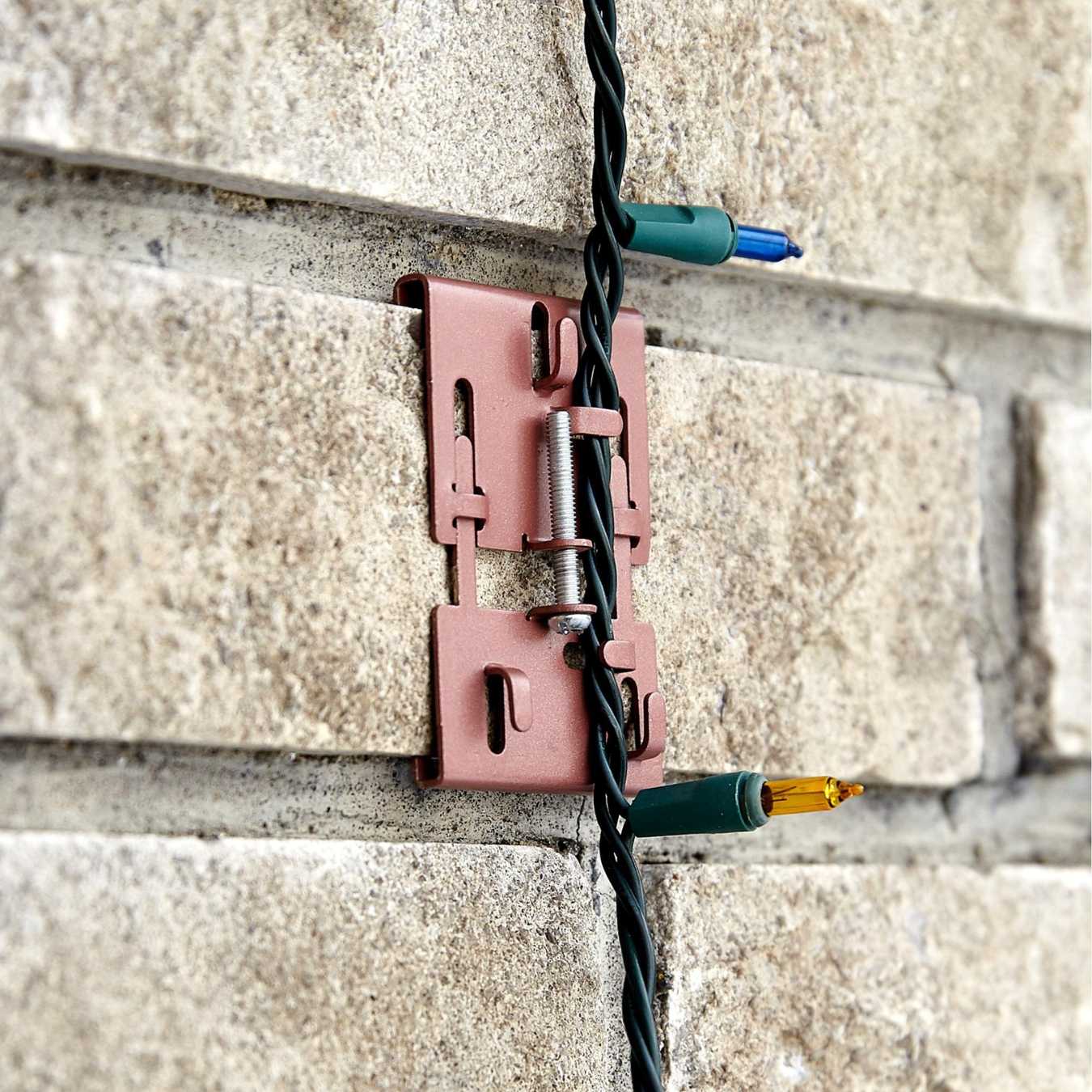
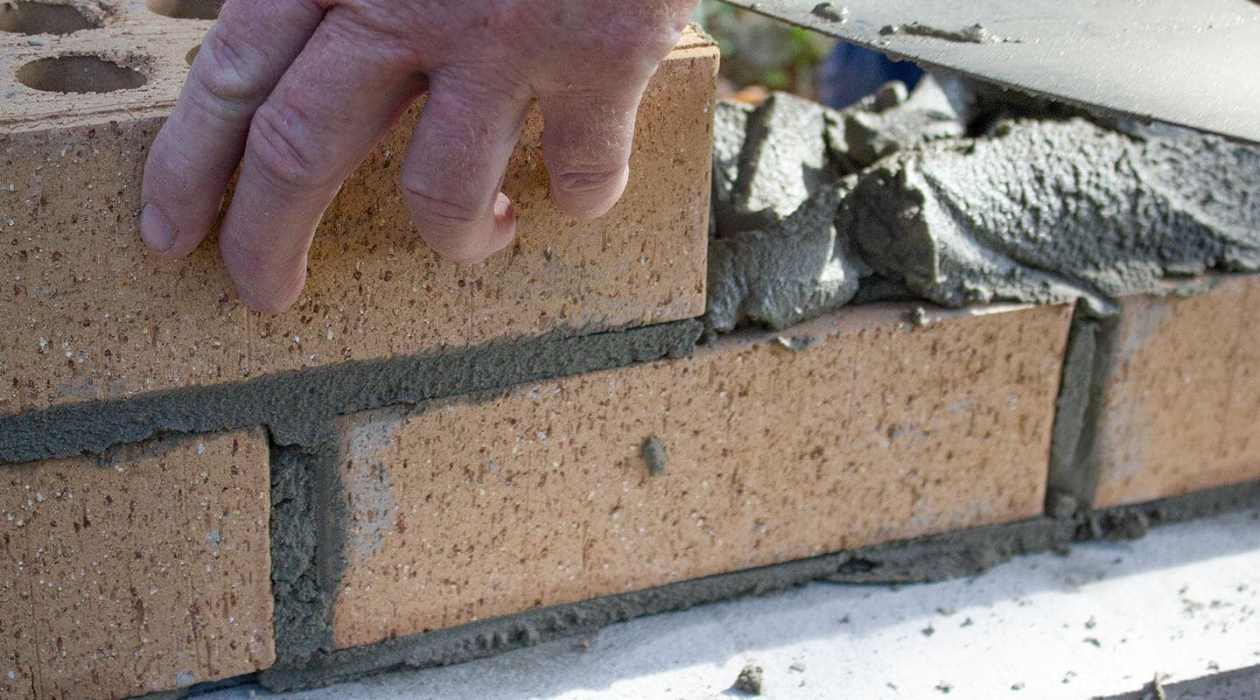
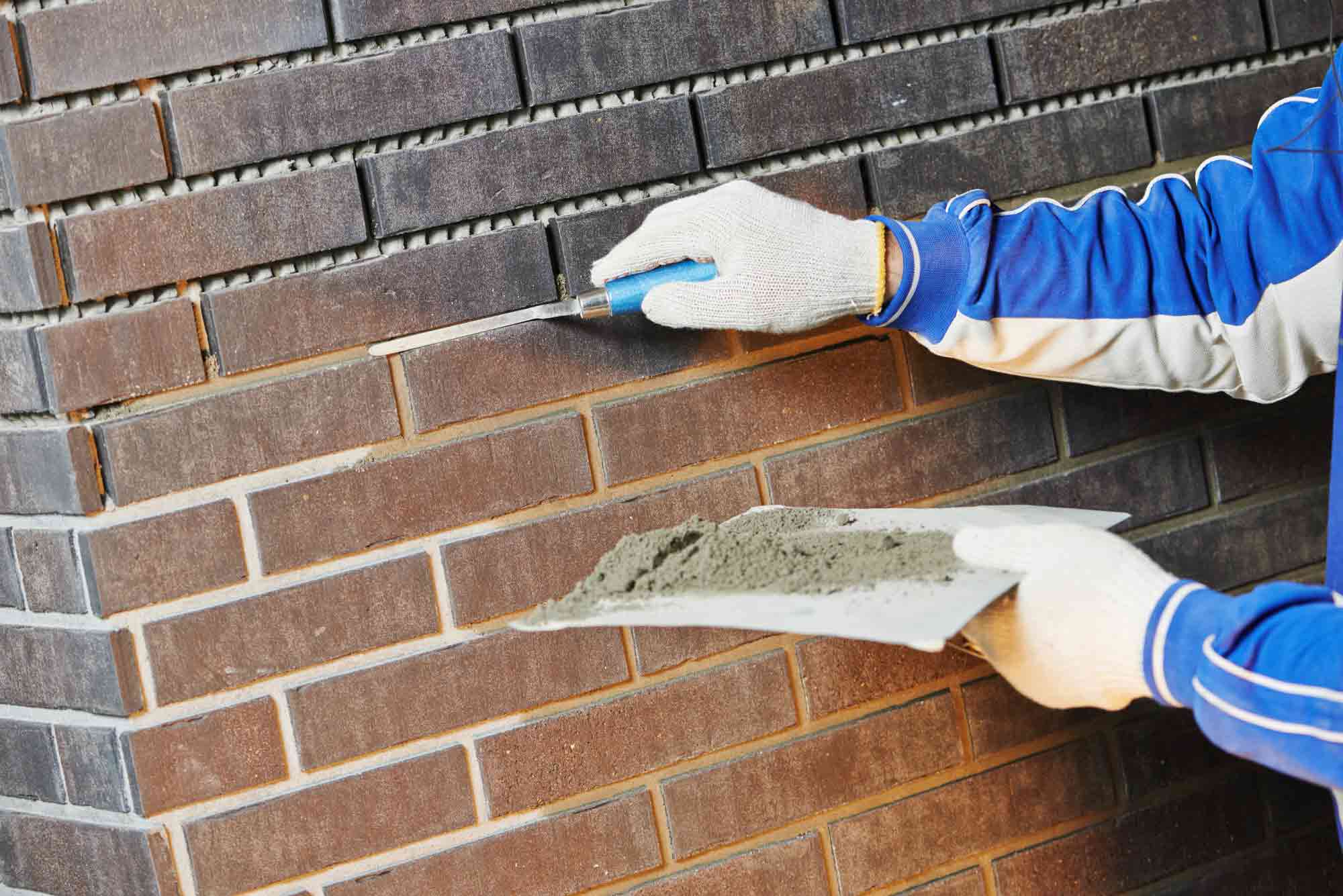

0 thoughts on “How To Stop Water Seepage In A Brick Wall”